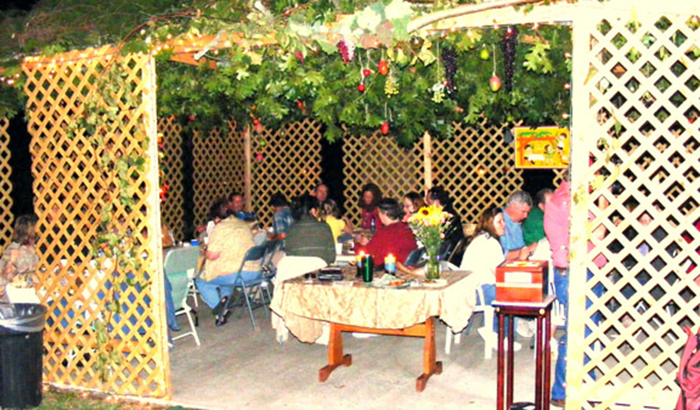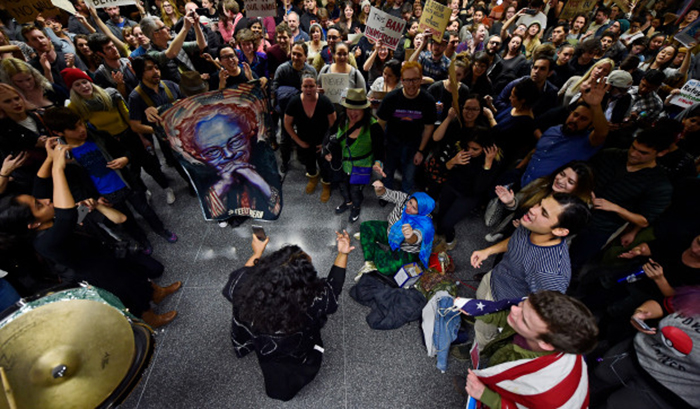
First of a series.
Every autumn just after Yom Kippur ends, religious Jews build a sukkah in anticipation of the Sukkot holiday that begins four days later4.
A sukkah is a very simple wooden or metal frame enclosed space. Palm branches cover the top, and sometimes curtains protect three sides around.
The inside is decorated nicely, with handsome tables and chairs, depending on the taste of the builder.
If there are children present in the family, the curtains around are decorated with children’s religious drawings pertaining to the Torah.
In other households, Jews hang different fruits or other decorations — as much as one’s imagination can fly.
The entire day of Yom Kippur, we fast and pray, think of our past actions and ask for forgiveness for sins that we have committed, knowingly or unknowingly.
At the same time we forgive those who have hurt us. While fasting (almost 27 hours without food and water), this disciplined test gives us the experience and an opportunity to think about the less fortunate people around us and in the world.
We are talking about people who often go to bed hungry. That is the reason that congregants bring can foods to the synagogues and donate it to SOVA, helping the less fortunate.
We are supposed to live, eat and sleep in the sukkah throughout the seven days that Sukkot is celebrated.
(To be continued)
Dr. Rosemary Hartounian Cohen, who lives in the Fairfax District, received her Ph.D in sociology from the Sorbonne in Paris. She lived in two other countries before moving, with her husband and four children, to Los Angeles in 1984. She has published five books in America. Since 1985, she has operated Atelier de Paris, an international art business, on Robertson Boulevard. Her email address is Rosemary@atelierdeparis.com.





